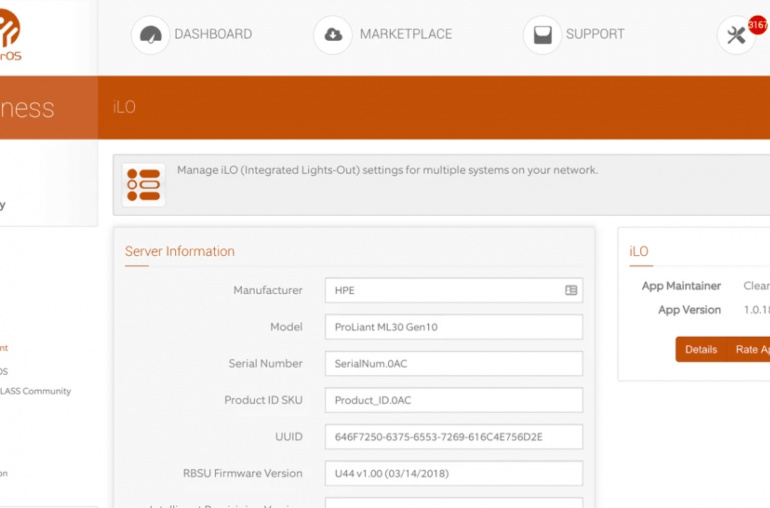A slew of security scares dropped this October (which also happens to be National Cyber Security Awareness Month) including new takes on previous ransomeware versions and botnets.
Bad Rabbit, a new ransomware variant of Petya and Non-Petya, spread rapidly for about 24 hours before mysteriously shutting down its backend infrastructure.
Meanwhile, the Reaper IoT malware strain has created a botnet spanning millions of infected devices and is quietly awaiting instructions. Reaper is similar to the Mirai IoT malware that last year infected 500,000 devices unleashing a botnet that heavily disrupted major internet sites via DDoS attacks.
How can you as an IT provider protect against the growing range of threats? Trying to curb your users’ bad habits is probably a losing cause. Bad Rabbit and Non-Petya spread quickly by pretending to look like an official Adobe Flash update. End users were tricked into clicking on pop-ups after visiting legitimate websites that installed the ransomeware on the user’s PC then spread in worm fashion to other PCs inside of an organization’s network. Few end users (or even IT staff) consider the ramifications of connecting IoT devices like TVs, security cameras, and DVRs into the same subnet as critical infrastructure.
Luckily, ClearOS users have access to a full suite of firewall and UTM functions including a brilliant and easy-to-deploy solution — advanced egress control via the Gateway.Management ClearOS Marketplace app.
The one layer of security that consistently mitigates modern threats, even during zero-day periods, is egress control. The traditional methodology for security is too often an “allow all, block some” approach. Egress control is about applying the opposite approach, “block all, allow some.” From an endpoint device, this Zero-trust Model means that all outbound access is denied unless whitelisted.
If you haven’t seen Gateway.Management yet, go take a look. If you deploy Gateway.Management’s automated smart features inside ClearOS including Content Filtering, Egress Control, Don’t Talk to Strangers, and Machine Learning-based Whitelisting, you can protect your network, machines and users without expensive hardware, subscriptions, or labor costs.





